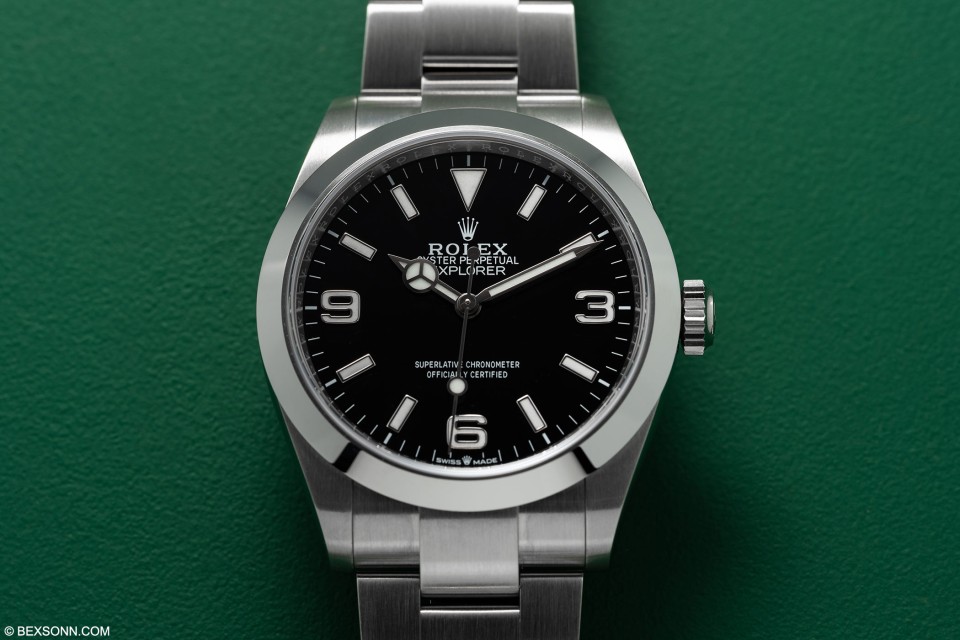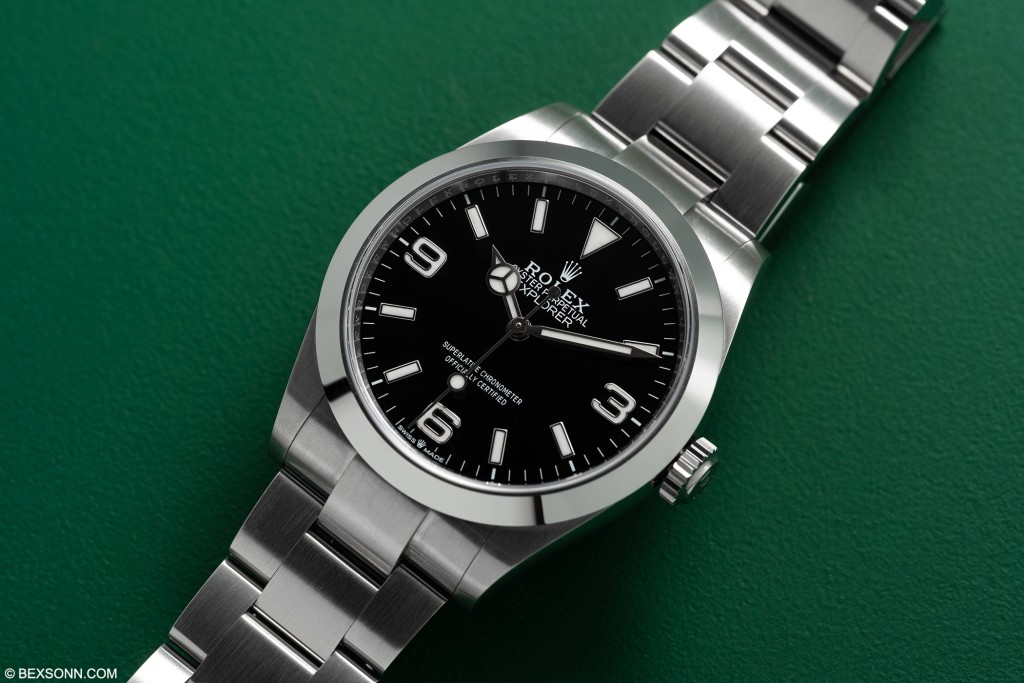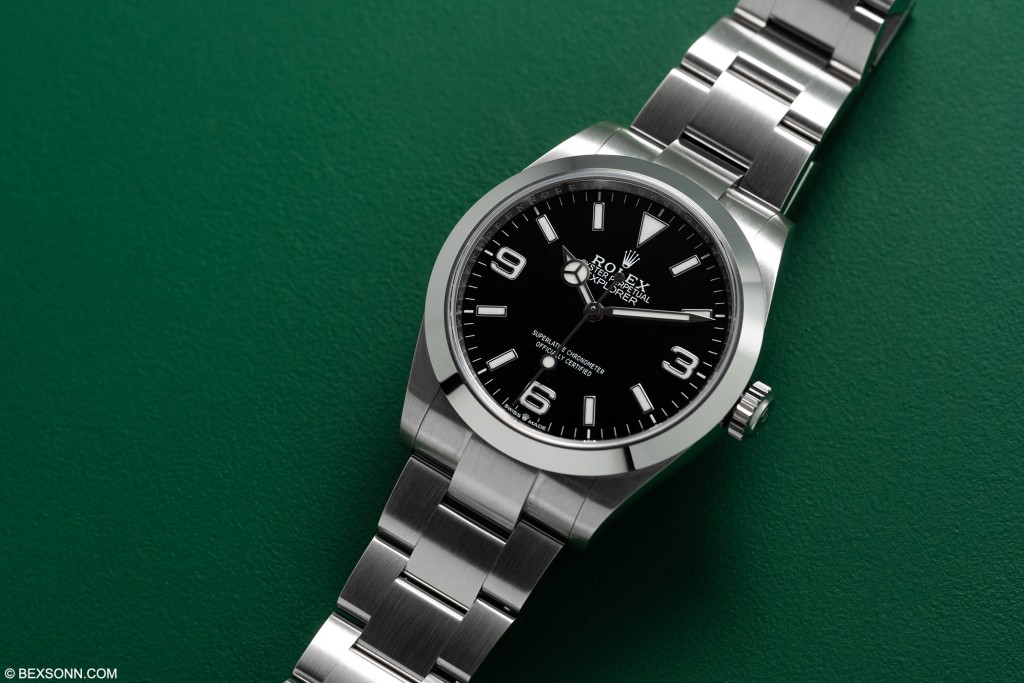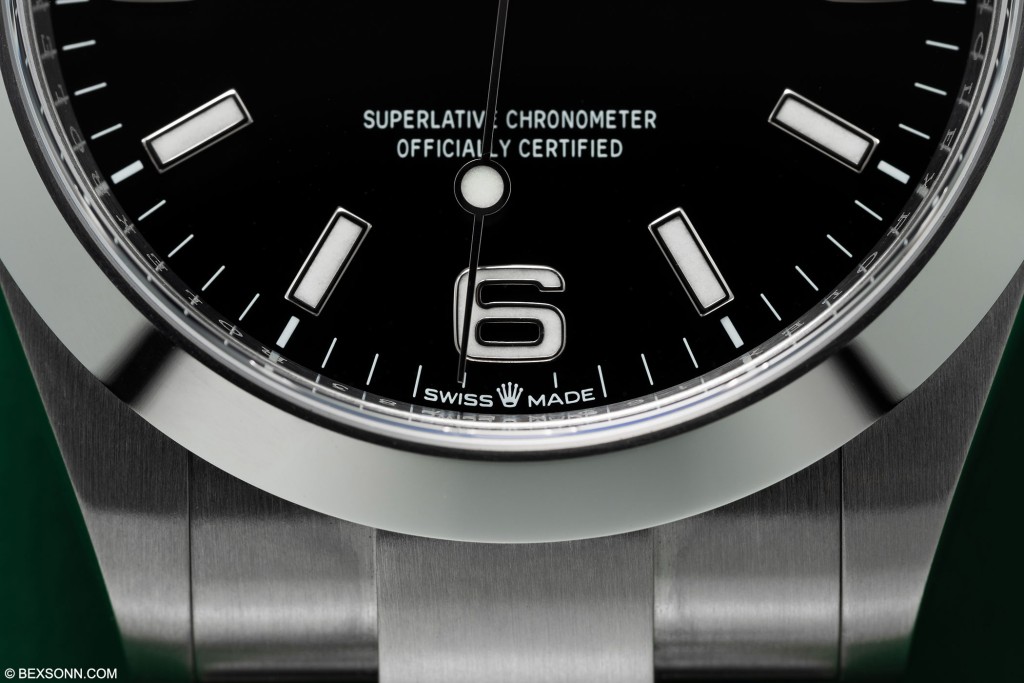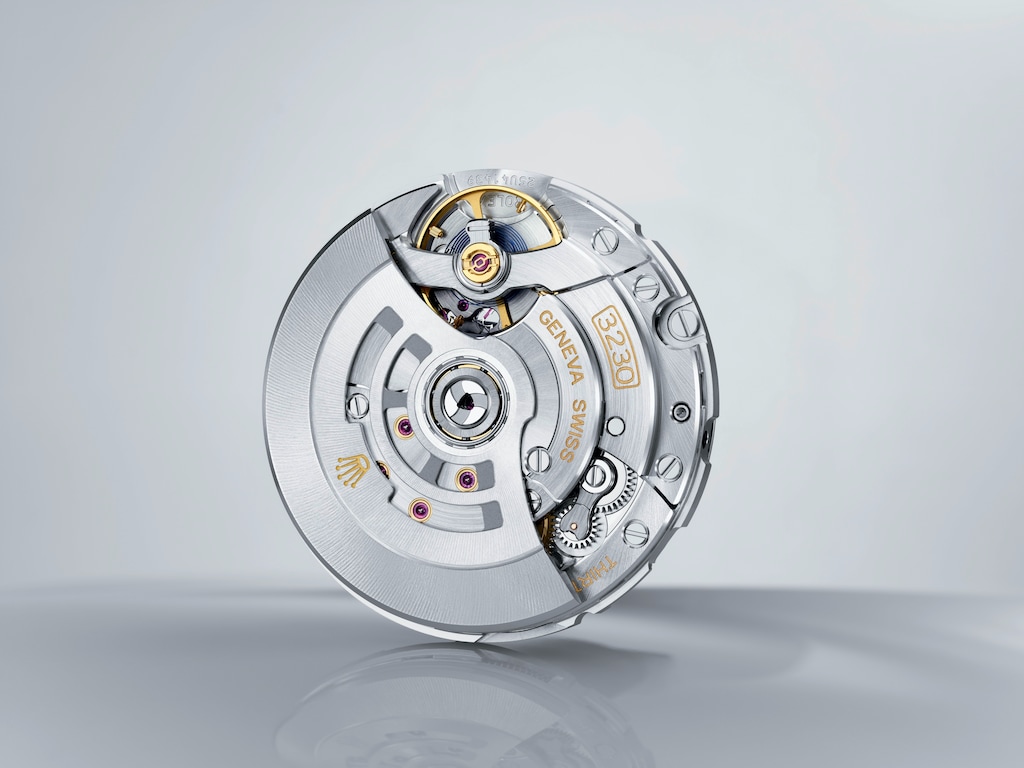Rolex always like to improve upon what has come before and if I’m honest, the latest upgrade to the Explorer perhaps wasn’t needed but Rolex being Rolex, they never stand still. In the past we’ve covered the story of the Explorer quite extensively, which included one of our favourite references; the 1016 – which not only had iconic status but longevity too. The Explorer has been around since the 1950’s and for the greater part of 3 decades, remained unchanged.
The Rolex Explorer has always been the Rolex sports watch that has somehow sailed under the radar, in comparison to the brands big hitters, such as the Submariner, GMT and Daytona. The no nonsense of the 3-6-9 dial perhaps lends to its more simplistic nature and by virtue probably makes it more underrated and, in some cases, even a little underappreciated.
Rolex is one of the biggest brands in the world, if not the biggest and their constant involvement in exploration and numerous projects to put their wristwatches to the test, are too often forgotten. Like many of the watches that they’ve designed over the past decades, including those that have come and gone, Rolex emphasis has always been on reliability, quality and value and no other watch makes this statement more poignant than the Explorer and its link to the summit of Mt. Everest.
This 2023 Rolex Explorer doesn’t look too dissimilar to the current Explorer that was released in 2021. To the naked-eye there doesn’t appear to be much in the way of changes to its exterior, it still maintains the same black lacquer dial, with that familiar 3,6 and 9 numerals and Mercedes-style hands. Almost everything appears to be the same, until you take a closer look or even better place it side-by-side with its 2021 twin, and the difference becomes rather apparent.
The case has been increased to 40mm in size and the Oyster case of the new- generation Explorer is guaranteed waterproof to a depth of 100 metres (330 feet). That said, this isn’t the first time Rolex have increased the size of the Explorer. In 201o, the ref. 114270 was discontinued and in its place was the upsized 39mm ref. 214270, that was updated in 2016 with a few tweaks here and there but it remained the same size. And as we saw, in 2021, it was discontinued and replaced by the 124270 – which saw the return of the 39mm case.
This new 40mm ref. 224270 has a case that is formed from a solid block of Oystersteel, a particularly corrosion-resistant alloy. With the Explorer not being a professional diving instrument, it features Rolex Twinlock winding crown, fitted with a double waterproofness system which naturally screws down securely against the case.
This new Explorer is equipped with the in-house self-winding calibre 3230 and like all of Rolex movements, is chronometer certified and boast a power reserve of 70 hours. The calibre 3230 makes use of a blue Parachrom hairspring patented and manufactured by Rolex in an exclusive alloy, as well as a Chronergy escapement, which offers greater resistance to magnetic fields, inherently making it more accurate. As you may be aware by now, all current Rolex movements are COSC certified but Rolex themselves carry out further testing with the movements cased and simulate daily wear, with even stricter tolerances, making sure deviation is no more than +/- 2 seconds per day.
Keeping all this 40mm Explorer fixed to your wrist is the Oyster bracelet that is equipped with a Rolex-designed and patented Oysterlock folding safety clasp, which prevents accidental opening. It also features Rolex Easylink comfort extension link, developed by the brand, which allows the wearer to easily adjust the bracelet length by approximately 5 mm.
The new 40mm Oystersteel Explorer, will retail for £6,450. For more information on the new Explorer, visit rolex.com.
